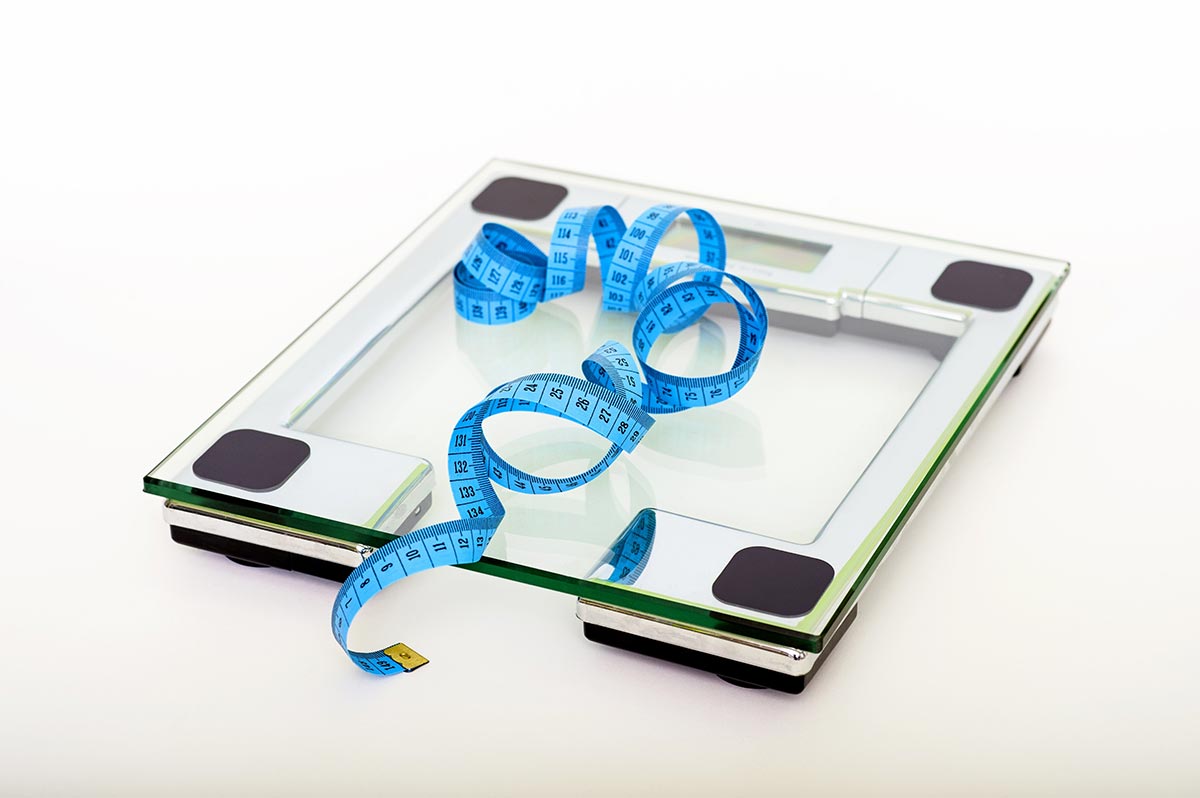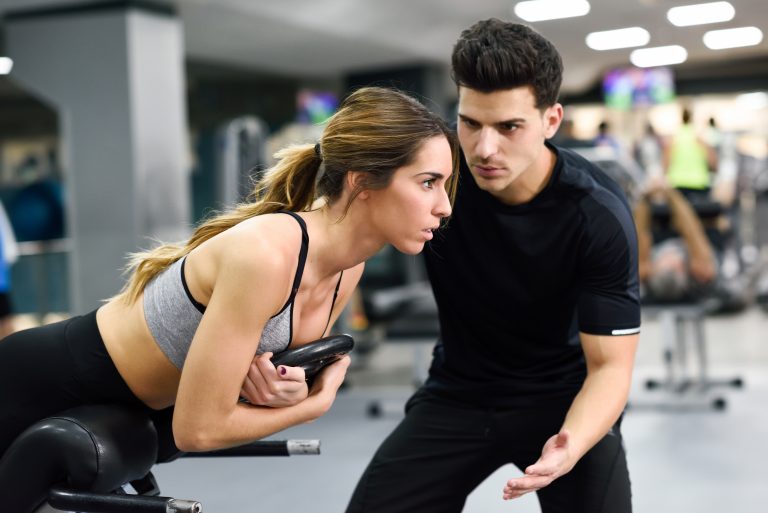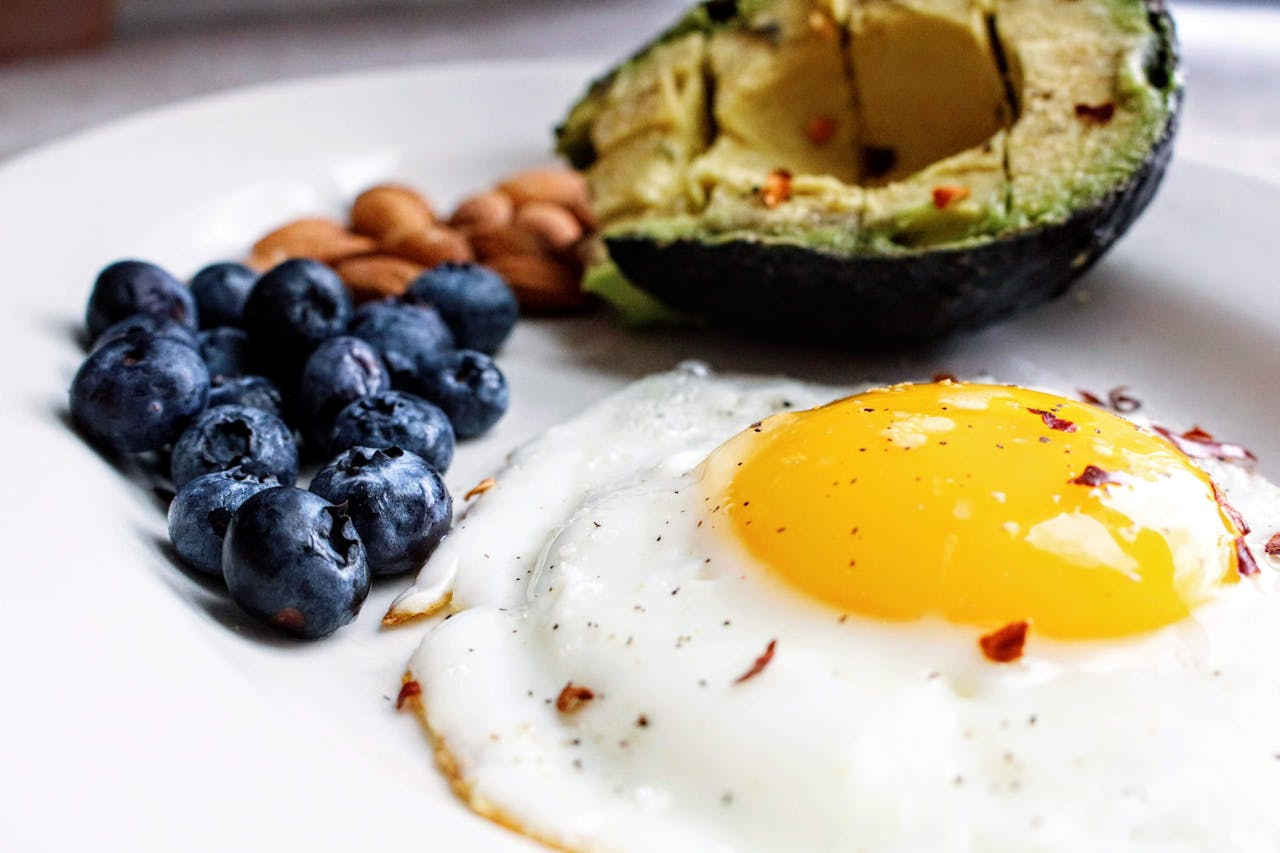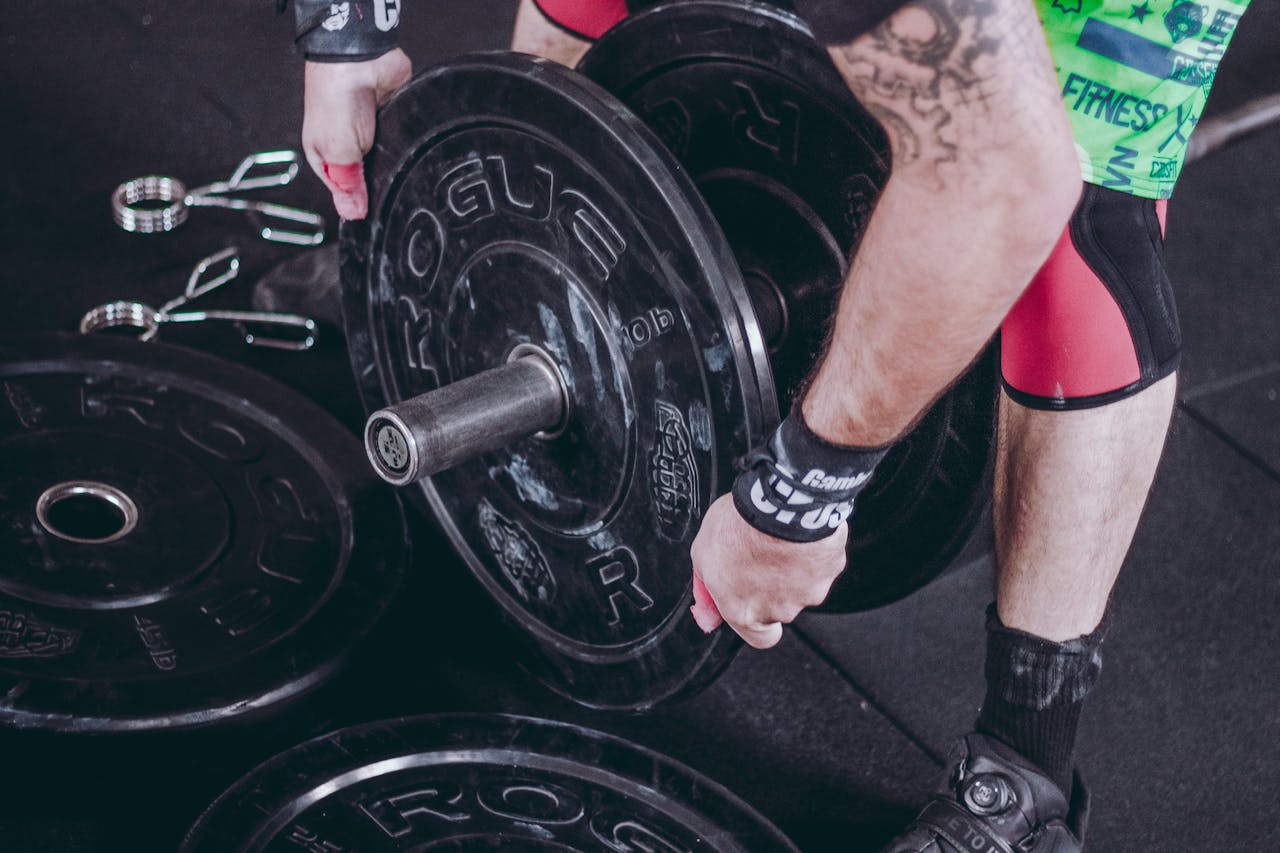The Myth of Endless Cardio
Walk into any big-box gym in the U.S. and you’ll spot it instantly: a buzzing boulevard of treadmills, each one streaming a different show, while the squat racks in the corner wait like unclaimed treasure. Cardio has long worn the crown—“calories burned,” “heart-healthy,” “sweat equals success.” But here’s the plot twist: sensible strength training might be the healthiest “cardio” you’re not doing—and it will serve you longer than your longest long run.
Oldschool Treadmill Culture (A Friendly Roast)
We’ve all met the treadmill loyalist: same machine, same pace, same playlist since college. That’s fine—movement is medicine. But if your routine hasn’t changed since flip phones, your body adapted a decade ago. Strength work isn’t a betrayal of cardio—it’s the upgrade. Think of it as switching from dial-up to fiber optic for your metabolism, bones, and brain.
Why Muscle Matters More Than You Think
Muscle is not just for posing; it’s a metabolically active, protective organ. More lean mass raises your resting metabolic rate, improves insulin sensitivity, supports immune function, and stabilizes hormones. It also keeps your posture honest and your joints protected—handy when life throws moving boxes, kids, and weekend adventures at you. Evidence shows resistance training meaningfully improves body composition, functional capacity, and markers of cardiometabolic health[1].
Then there’s the “skinny-fat” issue: looking slim while carrying a higher body-fat percentage and low muscle. Lifting corrects that drift. Muscle is your lifelong health savings account—every rep is a deposit that compounds with age.
The Cardio-Strength Connection
Cardio isn’t the only way to love your heart. Well-programmed resistance training can reduce resting blood pressure, improve lipid profiles, and enhance vascular function[2]. Compound lifts—squats, presses, rows, hinges—create sustained, systemic demand. Heart rate rises, circulation improves, mitochondria adapt. Add circuit formats or tempo work and you tip into cardio territory without abandoning the iron.
Prefer intervals? Pair short, crisp sets with controlled rest and you’ve essentially created strength-biased HIIT. You build muscle, spare your joints from repetitive impact, and still train your engine. That’s efficient—and sustainable.
Strength vs. Cardio: Who Wins What?
| Benefit | Strength Training | Cardio Training |
|---|---|---|
| Resting Metabolic Rate | ↑ via lean mass gain; long afterburn | Small acute increase; limited carryover |
| Bone Density | Strong improvement (load/strain) | Minimal unless impact-based |
| Heart Health | Improves BP, lipids, HRV with programming | Robust improvement (VO₂, BP, lipids) |
| Fat Loss Support | High when paired with nutrition (muscle retention) | Moderate; risk of muscle loss if diet poor |
| Joint Protection | ↑ stability & tissue tolerance | Repetitive stress if overdone |
| Time Efficiency | High (full-body 45–60 min) | Moderate (longer duration) |
Everyday Strength: Functional Gains You’ll Actually Use
Strong legs don’t just squat; they carry kids upstairs at 10 p.m. A sturdy back doesn’t just deadlift; it hauls suitcases through airports. Grip strength opens jars and predicts vitality. “Functional” isn’t a circus act on a wobble board—it’s training the patterns you live in: push, pull, hinge, squat, carry, rotate. Older adults who lift reduce fall risk and maintain independence longer[3]. That’s not vanity—that’s freedom.
How to Start (Without Becoming a Gym Rat)
Good news: you don’t need a three-hour split or a powerlifter’s belt. Start with two or three full-body sessions per week, 45–60 minutes each. Prioritize compound moves, sprinkle in accessories to shore up weak links, and progress either the load, reps, or tempo over time. Keep a log. If free weights feel intimidating, begin on machines and migrate as confidence grows.
A simple week might look like this: Day A (Squat, Press, Row, Carry); Day B (Hinge, Pull-up or Pulldown, Push, Lunge). Pick 2–3 sets of 6–12 reps, leaving 1–3 reps “in reserve” so form stays crisp. That intensity is heavy enough to grow but light enough to learn.
Cardio, But Smarter
Keep your walks, rides, or Zone-2 runs—just integrate them. Two strength days plus two low-intensity cardio days beats five “meh” jogs every time. If you love classes, alternate a lifting day with a metabolic finisher or sled pushes. Your heart benefits; your joints send thank-you notes.
Recovery: The Secret Sauce
Muscle is built between sessions. Sleep is your free performance enhancer—7–9 hours if life allows. Aim for 1.6–2.2 g protein/kg body weight, spread across meals, and hydrate like it’s your job. Mobility work isn’t punishment; it’s insurance. Recovery isn’t laziness—it’s architecture. Without it, your training is just construction debris.
On stressful weeks, lower volume instead of skipping entirely. Ten smart sets beat twenty sloppy ones. Consistency wins. Always.
Mindset: Motivation You Can Measure
One reason lifting sticks: visible progress. Plates stack. Form sharpens. Clothes fit better. With cardio, the metric is often “more”—more miles, more minutes. With strength, “better” counts too—better depth, better posture, better power. That variety keeps the brain invested and the body adapting.
Safety, Form, and the “No Ego” Rule
Technique first, then load. Film your big lifts for form checks or ask a coach for a quick tune-up. Pain is not a teaching tool—discomfort is. If a movement irritates a joint, swap the variation (landmine press instead of barbell press; trap-bar deadlift instead of straight bar). The goal is stimulus, not suffering.
Programs for Real People (Not Just Athletes)
New parent? Full-time job? Traveling? Strength is modular. Two 35-minute circuits per week still move the needle. Kettlebell in the living room? That’s a home gym. Resistance bands in your suitcase? That’s travel training. Perfectionism quits; pragmatism persists.
Community: Iron Sharpens Iron
Strength communities—barbell clubs, small-group sessions, even friendly coworker lifts—boost adherence. In the U.S. and Canada, programs for older adults (think community centers and senior strength classes) are exploding because they work: more confidence, fewer falls, better mood. You’re not just lifting weights—you’re lifting your life.
Putting It Together: A Beginner-Friendly Template
Day A: Back Squat or Goblet Squat 3×6–10; Bench Press or DB Press 3×6–10; Row (cable/DB) 3×8–12; Farmers Carry 4×20–40 m; Plank 3×30–45 s.
Day B: Deadlift or Trap-Bar DL 3×4–6; Overhead or Landmine Press 3×6–10; Pulldown or Pull-ups 3×6–10; Split Squat 3×8–12/side; Hip Hinge Accessory (RDL/Good Morning) 2×8–10.
Progress one variable every week: +2.5–5 lb, +1–2 reps per set, or a slightly slower eccentric. When life gets messy, keep two lifts and cut the rest. Something beats nothing; good beats perfect.
| Benefit | Cardio | Strength Training |
|---|---|---|
| Calories during session | High (acute burn) | Moderate; higher EPOC after |
| Heart health | Excellent VO₂, BP, lipids | Good; improves BP, HRV, lipids |
| Muscle & metabolism | Limited hypertrophy | Strong hypertrophy; ↑ RMR |
| Bone density | Low–moderate (impact-only) | High via loading/strain |
| Fat loss support | Good deficit tool | Excellent for muscle retention |
| Joint impact | Repetitive stress if overdone | Builds stability/tolerance |
| Time efficiency | Moderate (longer duration) | High (full-body 45–60 min) |
| Longevity evidence | Strong | Strong; complementary |
| Insulin sensitivity | Improves acutely | Improves via ↑ lean mass |
| Mental health | Mood boost, stress relief | Confidence, resilience, focus |
| Best use | Engine, endurance, calorie burn | Strength, body comp, aging well |
Long Game: Stronger for Decades
Cardio has a crucial place, and you should keep it. But if you want a fit body that performs, ages well, and handles real-world chaos, strength must be a pillar. Start light, show up often, recover well. In twelve months, you won’t just see the difference—you’ll live it.
Sweat Less, Live More...
You don’t need to abandon the treadmill—just dethrone it. Trade a little mileage for muscle and watch your healthspan expand. Stronger bones, steadier blood sugar, better posture, more energy—plus a heart that’s grateful you finally diversified your training portfolio. Strength over sweat isn’t anti-cardio. It’s pro-you.
Sources
- Westcott WL (2012). Resistance training is medicine: effects of strength training on health. Current Sports Medicine Reports, 11(4):209–216. DOI: 10.1249/JSR.0b013e31825dabb8.
- Cornelissen VA, Smart NA (2013). Exercise training for blood pressure: a systematic review and meta-analysis. Journal of the American Heart Association, 2(1):e004473. DOI: 10.1161/JAHA.112.004473.
- Peterson MD, Rhea MR, et al. (2010). Resistance exercise for muscular strength in older adults: a meta-analysis. Ageing Research Reviews, 9(3):226–237. DOI: 10.1016/j.arr.2010.03.004.
- World Health Organization (2020). WHO Guidelines on Physical Activity and Sedentary Behaviour. Geneva: WHO. ISBN: 978-92-4-001512-8.













